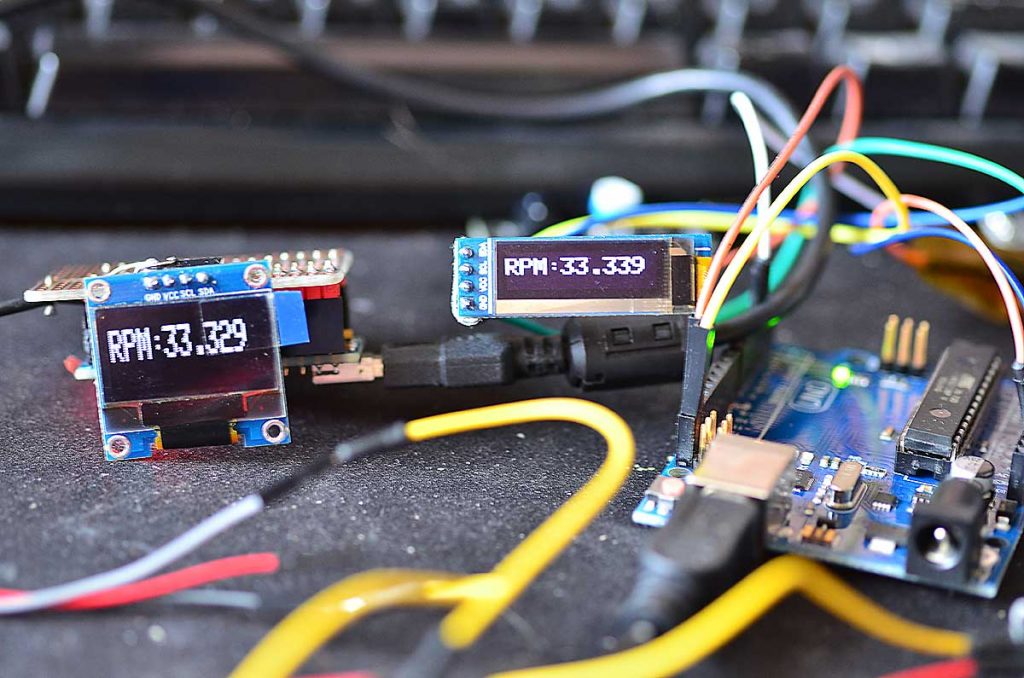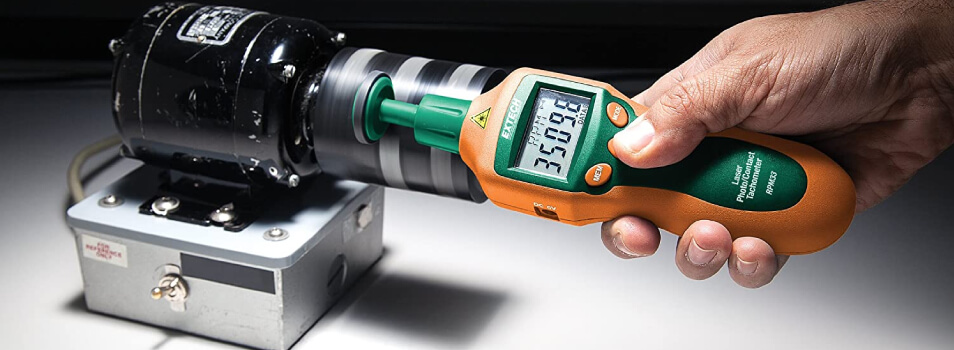
Introduction
Understanding the tachometer and its functions is crucial for anyone involved with vehicles or machinery. One of the most critical features of a tachometer is the red line, often misunderstood and overlooked. This article will provide a comprehensive examination of what does the red line on a tachometer mean, its significance, how to approach it, and why it matters for your engine’s health and performance.
Whether you are a seasoned industry professional or just curious, this article aims to deliver vital information clearly and engagingly, ensuring you walk away with a thorough understanding.
What is a Tachometer?
Definition and Purpose
A tachometer is an instrument measuring the rotation speed of an engine’s crankshaft or any other rotating object. It directly displays the RPM (Revolutions Per Minute) and helps operators keep track of the operational limits.
How It Works
Tachometers function by converting the mechanical rotations into an electronic signal, which then translates into a readable format on the display. For more detailed information, you can explore this helpful guide.
The Red Line on a Tachometer
Definition
The red line on a tachometer indicates the maximum RPM at which an engine or component can operate safely. Exceeding this limit can lead to engine damage or failure, making it a critical aspect to monitor.
Importance of the Red Line
The red line serves as a boundary to prevent over-revving, which can cause wear and tear or catastrophic failure. Staying within this limit ensures optimal performance and longevity of the engine.
Technological Background
In modern engines, electronic control units (ECUs) often include safety features like rev-limiters. These systems automatically reduce power when the RPM approaches the red line, providing an extra layer of protection.
Common Misconceptions
All Engines Have the Same Red Line
One common myth is that all engines have the same red line. In reality, the red line varies depending on the engine type, build quality, and application.
Short Bursts Over Red Line Are Harmless
Another misconception is that brief bursts over the red line are harmless. However, even short durations can cause significant engine stress and potential damage.
Monitoring Your Tachometer
Staying Below the Red Line
To ensure engine longevity, always keep an eye on your tachometer and avoid exceeding the red line. Regular maintenance and checks can also help you stay within safe operating limits.
Using Technological Aids
Modern vehicles come equipped with advanced monitoring systems that provide real-time data and alerts, ensuring you remain within safe RPM boundaries. Learn more about these technological aids.
Examples of Red Line Significance
Automotive Industry
In cars, the red line is particularly vital in high-performance vehicles where exceeding RPM limits can lead to costly repairs or complete engine failure.
Aviation Industry
In aviation, keeping track of the tachometer is essential for safety and performance. Over-revving can compromise flight safety, making it crucial for pilots to monitor RPM consistently.
Conclusion
In the world of engines and machinery, understanding what the red line on a tachometer means can offer tremendous benefits. It helps in safeguarding engine health, enhancing performance, and ensuring safety. By staying informed and vigilant, you can make the most of your machinery while avoiding potential pitfalls.
For more in-depth insights, feel free to explore related articles such as Unit Information and Primary Purpose.

FAQ
Why is the red line important?
The red line is vital as it indicates the maximum RPM at which the engine can safely operate. Exceeding this limit can result in engine damage or failure.
Do all engines have the same red line?
No, the red line varies depending on the engine type, build quality, and application. Each engine has its specific red line based on its design and components.
Can brief bursts over the red line cause harm?
Yes, even short durations over the red line can cause significant engine stress and potential damage. It’s important to stay within recommended RPM limits.
